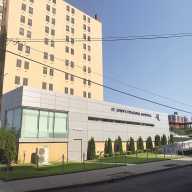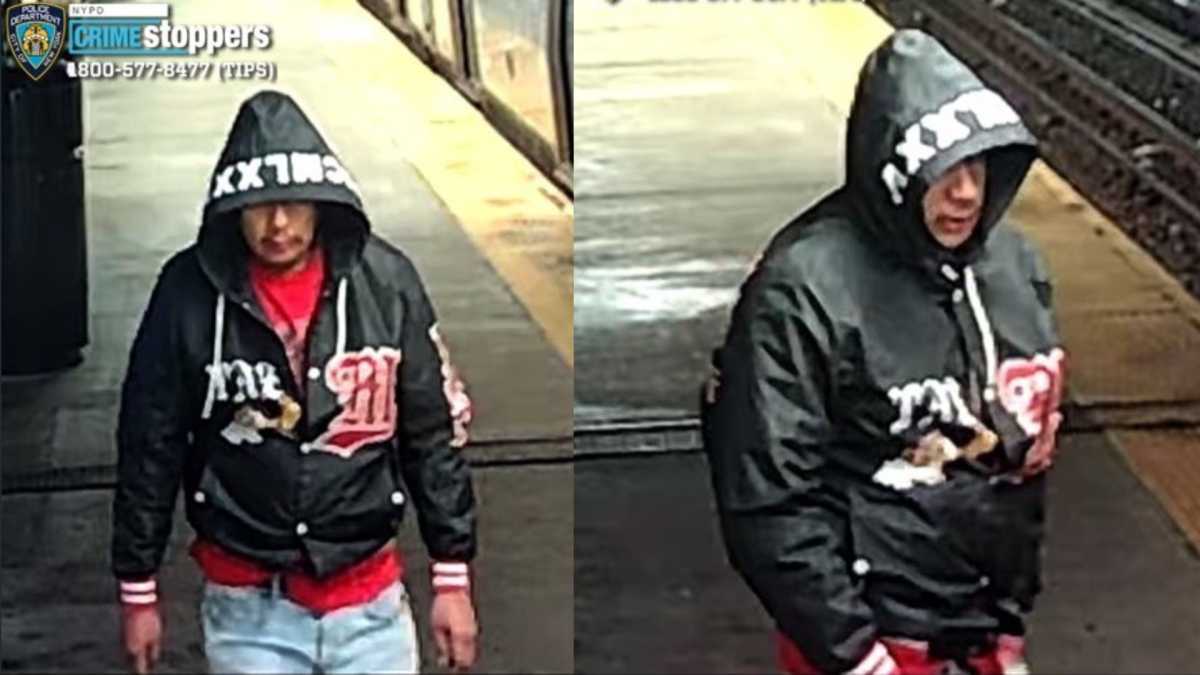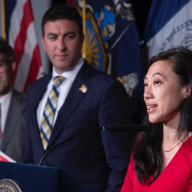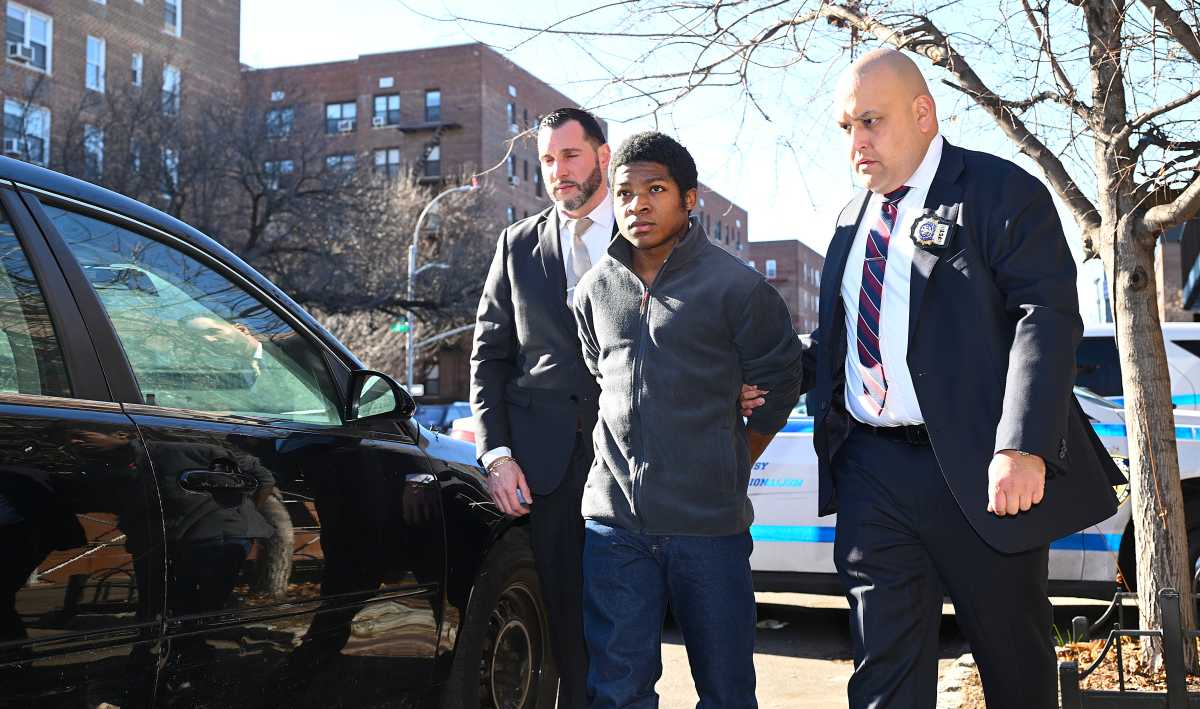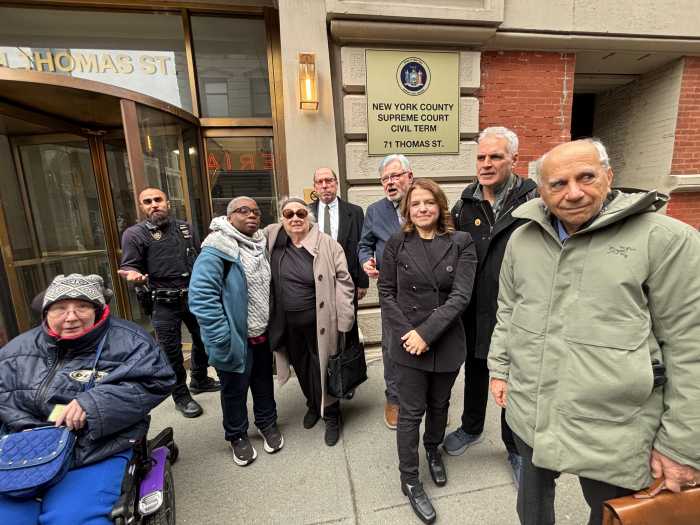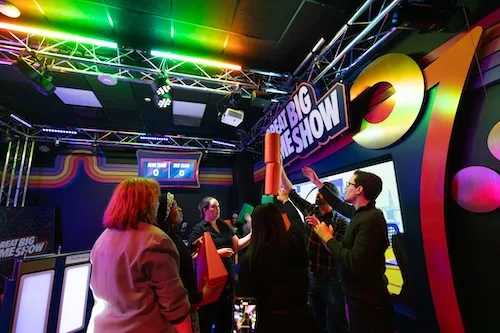A survey by city Department of Transportation engineers has identified potentially deadly traffic areas around 36 public, private and parochial schools in Queens.
Beginning in 2004, DOT engineers first pinpointed school-hour traffic accident rates within a one-block radius of Queens’ public, private, and parochial schools. A breakdown of the study found that nearly half of the Queens schools with a traffic problem were in Community Boards 3 [Jackson Heights] and 12 [Jamaica, Hollis].
A two-pronged pilot program to correct potentially dangerous traffic conditions and encourage more students to walk to school will be administered by city DOT engineers and local school officials.
However, City Councilman Hiram Monserrate has expressed concern that Corona schools were being excluded from the traffic safety program. “Corona school kids need this program,” he declared, “because our schools and streets are overcrowded, and we are one of the fastest growing communities in New York City.”
Queens Borough President Helen Marshall and City Councilman John Liu who chairs the Council’s Transportation Committee, have also called for the rapid expansion of the traffic safety plan.
Lending a sense of urgency to the rapid development of this plan is the State Department of Motor Vehicles 2004 annual accident report which says that at least one school-age child, aged 5 to 17 per day, is killed, or injured while crossing the streets of Queens.
Since 2004, the DOT’s School Safety Engineering Project has studied crash data near all borough schools. Schools were then ranked in terms of pedestrian safety and the 36-borough “priority” schools were designated.
Part of a state-funded $1.9 million citywide safety program, the project calls for improvements such as new crosswalks, signals, signs, and signal timing changes. In addition, streets alongside some of these schools may also get raised center medians, speed bumps, widened sidewalks, and bump out or narrow down certain corners.
Plans also call for the development of a pilot “Walk-To-School Program” which will encourage children to walk to school. Key to the program is the elimination of local traffic hazards caused by parents who illegally park or double-park their cars during students’ arrival and dismissal time, particularly during bad weather.
The $281,000 federally funded program calls for DOT officials to meet with parents and school staffers to develop plans to make walking safer and more appealing to students. Designation of the Queens school where the program will be tested will be made in June.
An estimated 400,000 youngsters attend the borough’s public, private, and parochial schools.










